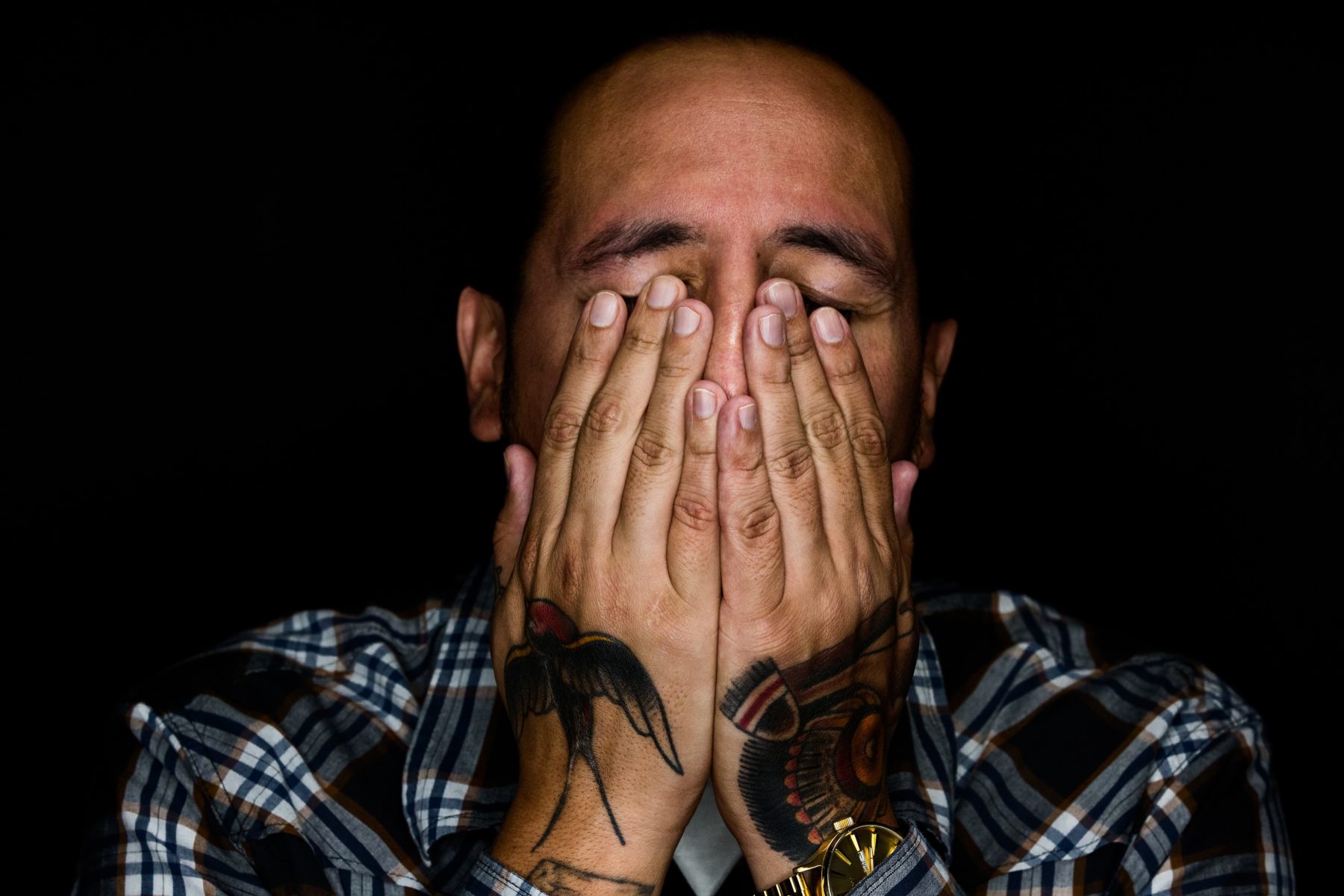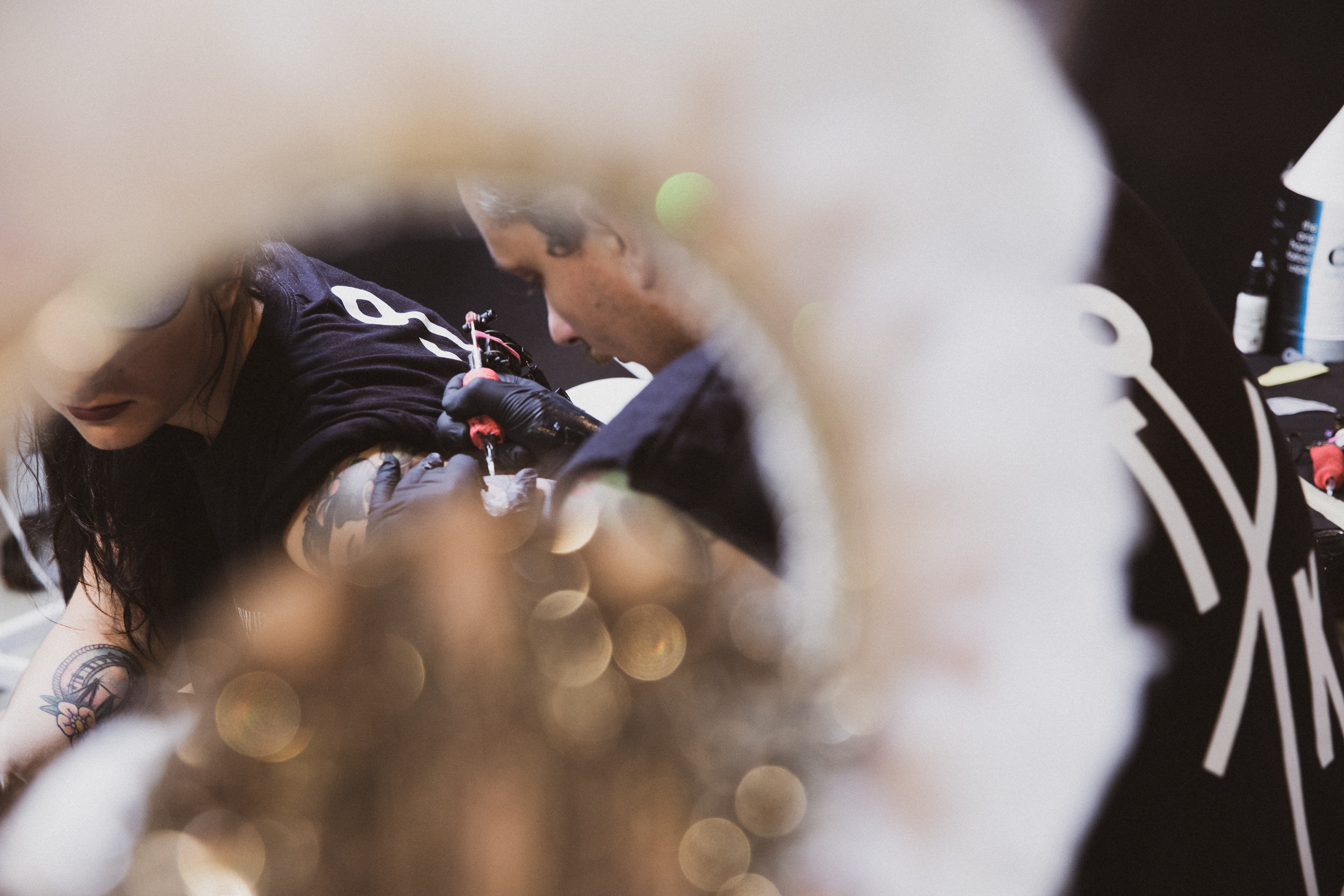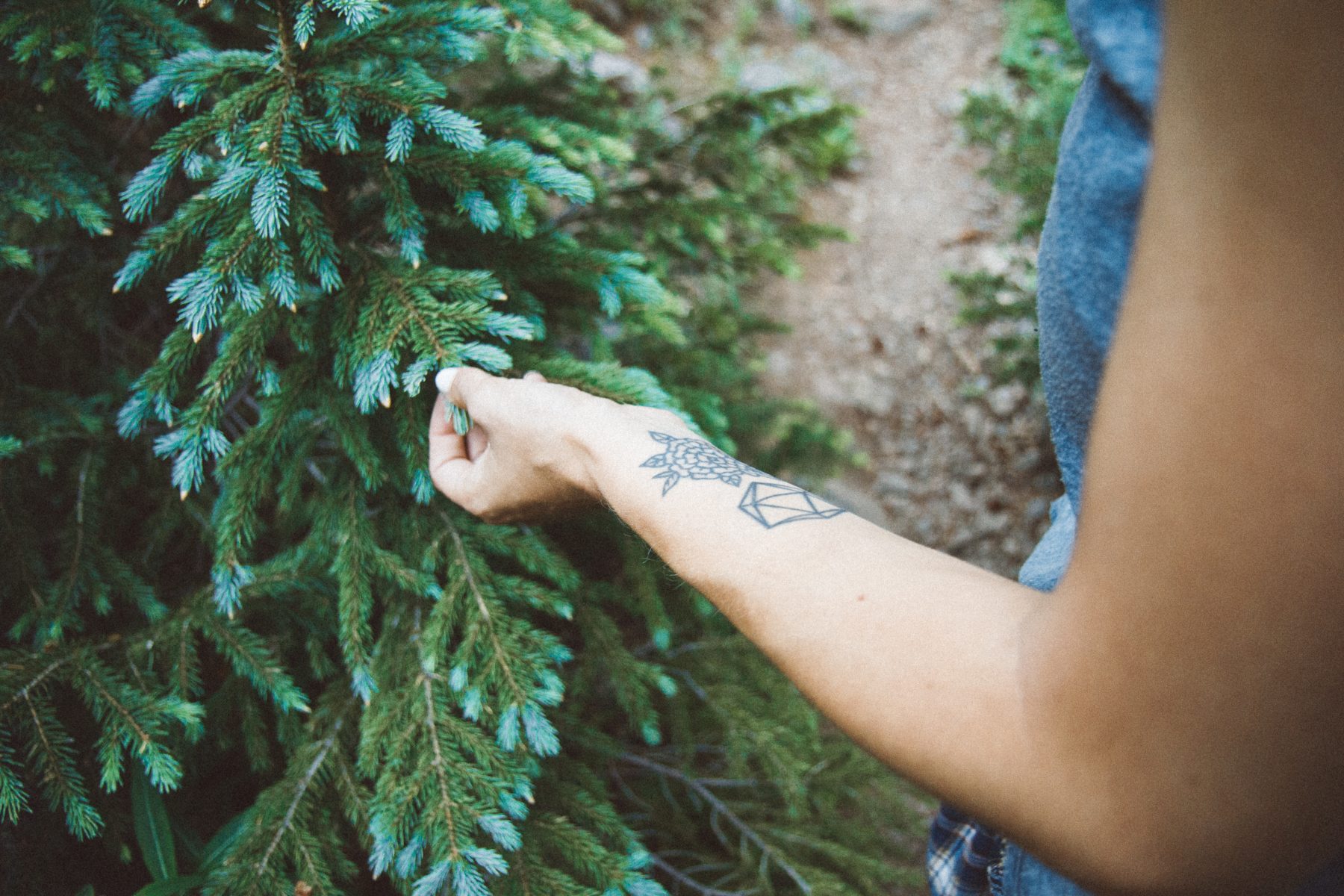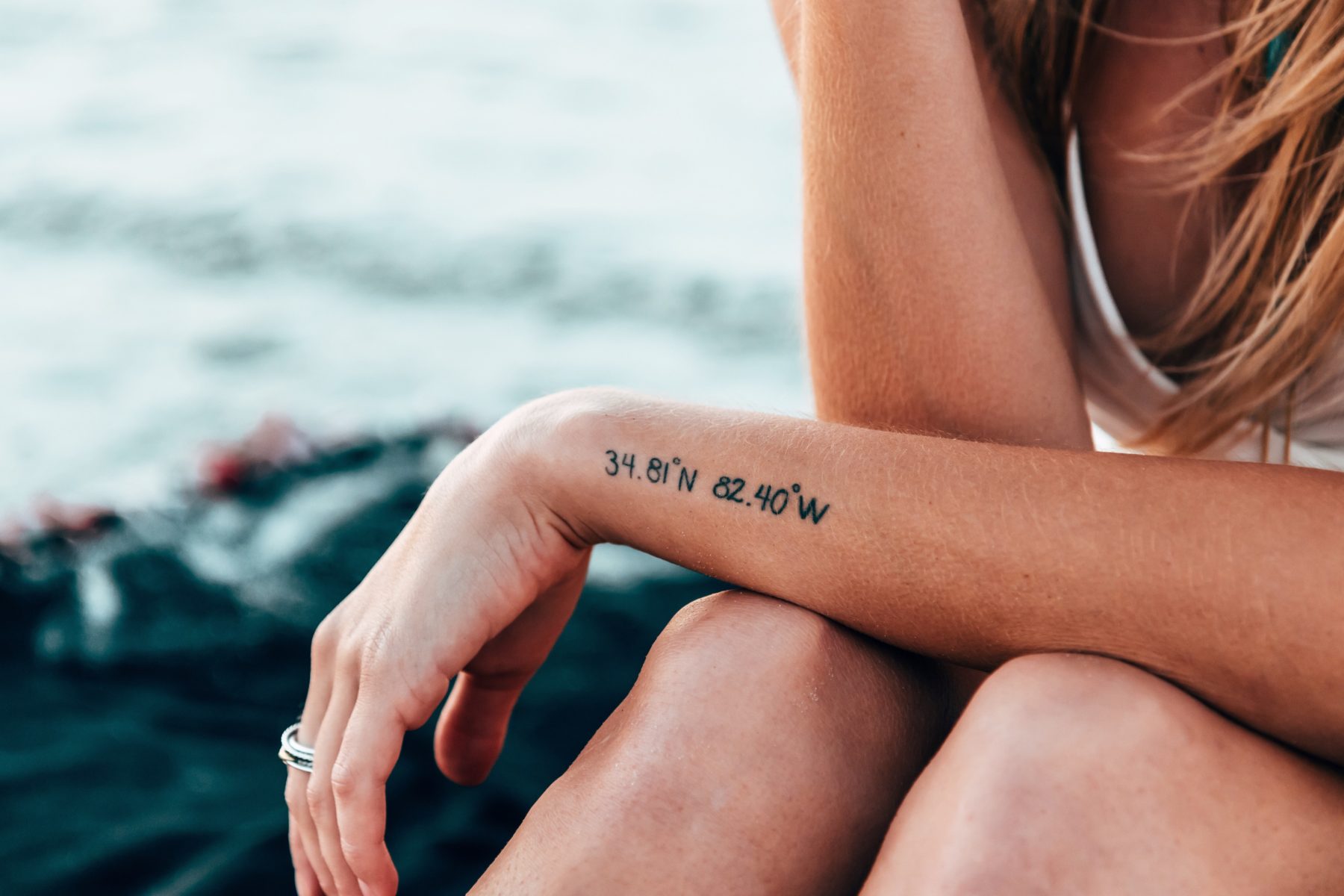Whether you’re fully inked, have the beginnings of a sleeve or get a little bit anxious around needles–tattoos have a rich cultural significance that continues to grow today.
The act of tattooing is as old as we know. For millennia, people have been permanently marking their bodies.
Ötzi the Iceman and King Edward VII
The practice is mainly associated with Polynesian cultures. But there is evidence to suggest that it was also a part of European culture.
Ötzi, Europe’s oldest known natural mummy, has a grand total of 61 tattoos.
Associate Professor Rohan Bastin – from Deakin University’s School of Humanities and Social Sciences – says that the practice eventually disappeared from Western Europe.
It was then re-introduced to the region by James Cook as part of European global expansion.
So why did people in Western Europe stop tattooing?

“The only thing that I can conjecture is the Christian notion of the human being made in the image of God, and the body being understood as something sacred,” Associate Professor Bastin says.
“But I also think that there’s other factors involved, such as the way in which slaves were marked; to be a free citizen is to be unmarked, and to be a slave is to be marked.”
Despite this, permanent decorative markings became a fashionable practice.
There was even a period where members of the aristocracy would get tattooed. After a visit to Jerusalem in 1862, King Edward VII had a Jerusalem Cross inked onto his right arm.
The practice then became more widespread and associated with the lower classes. Sailors became the new target market, with tattoo parlours established in port districts.
Associate Professor Bastin reflects that tattoos have a lineage of being a mark of the underclass.
“When I was growing up, tattooing was a practice that was associated most commonly with people who did time in jail,” he says.
“The interesting thing about it was that it was different to the tattooed number of a Holocaust survivor, a permanent ID number forced on the person as a deliberate stigmatic mark.”
Markers of Kinship
Given this history, what makes tattoos such an attractive fashion statement?
Perhaps it is its connection to social deviance.
“There’s something, I think, that plays in contemporary Australian society about the tattoo enacting a certain desire for edginess,” Associate Professor Bastin says.

“But it’s doing a great deal more than that.”
Many people assume that a person’s tattoos will have some deep, personal meaning behind them. While this is not the case for everyone, the tattoo is often understood as being an identity marker.
It is an image capable of revealing something new about the person with the tattoo.
Ta Moko, the Māori tattooing system, is used as a coming-of-age ceremony.
There are a myriad of abstract designs that denote kin groups and hierarchies. The transformation that occurs under the needle becomes highly specific.
“It isn’t simply that a child becomes an adult,” Associate Professor Bastin says.
“It’s about your social group and social group membership. A child of a particular clan becomes an adult of that particular clan.”
In doing so, their sense of kinship with their clan evolves and strengthens.
In a modern day example, a person may choose to get a tattoo to commemorate a significant event in their life.

Members of an Olympic team have had the Olympic rings and their year of attendance tattooed on them. This could occur in groups, strengthening the athlete’s sense of belonging to the team.
In these instances, the body is being used to display a message.
It’s like when a person leaves traces of their identity by putting knick-knacks on their desk. We can gain an insight into their lives based on their ink too.
A parent may put a framed photo of their children on their desk. Or, they may have their names tattooed on their body.
Both achieve a similar result.
“It’s not that they’re going to forget about them,” Associate Professor Bastin says.
“It’s a method of sending a message to their children and to other people; my children are the centre of my existence.”
A means of creating cosmology
In each of these instances, a pivotal moment in a person’s life is being commemorated in tattoo form: the transition into adulthood, competing in the Olympics, the birth of children.
These kinds of tattoos are acting as memory markers, capturing a moment in time.

“When you’re a Māori warrior, getting Ta Moko, you are being completely in the moment of that experience,” Associate Professor Bastin says.
“When you’re getting your girlfriend’s name tattooed on your arm, you’re completely in the moment of that relationship.”
A tattoo is a form of self-expression, whether it commemorates an event or matches our aesthetic.
In doing so, they create meaning and order.
“Tattoo art is cosmetic, a word that derives from the Greek word for ‘cosmos’, or ‘order’,” Associate Professor Bastin says.
“A person may put their children’s names on their hand because they have ‘ordered’ them. They’ve given them purpose, structured their world.”
“That’s the kind of cosmology that a person can create when they make that order.”



